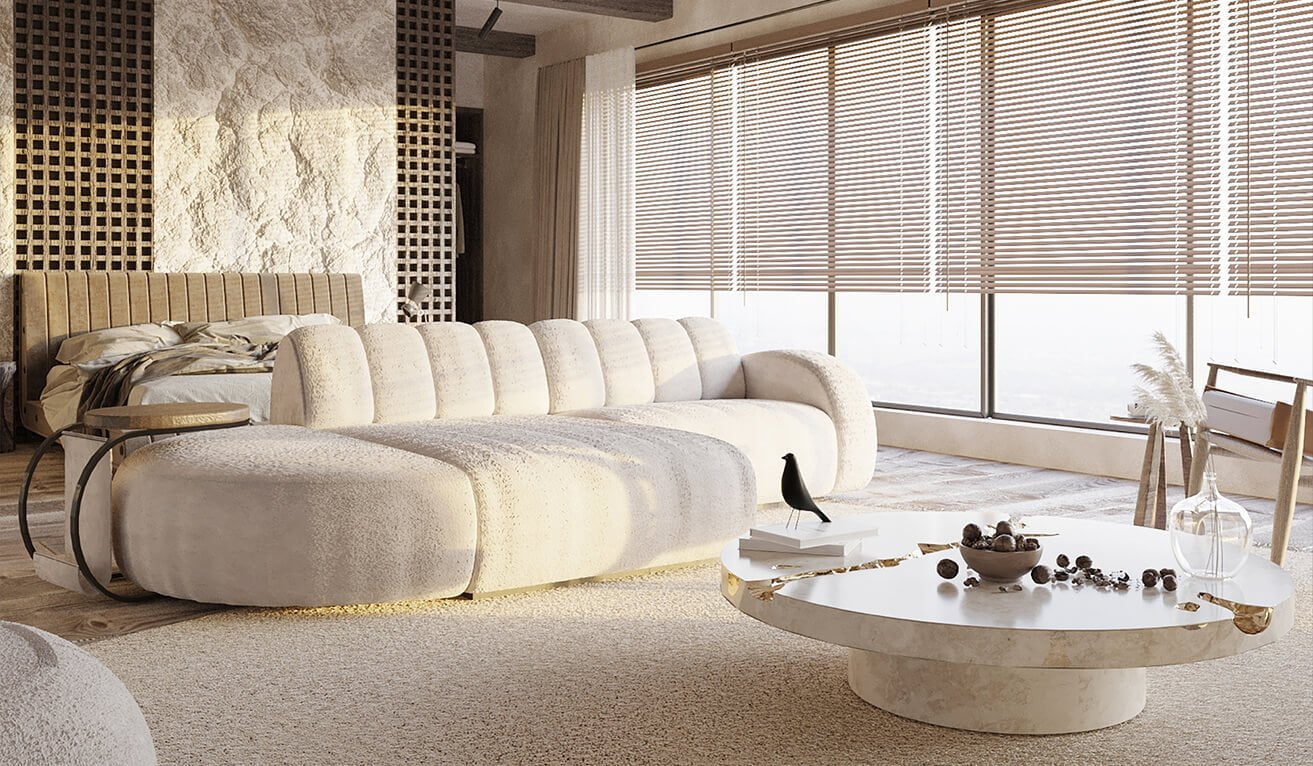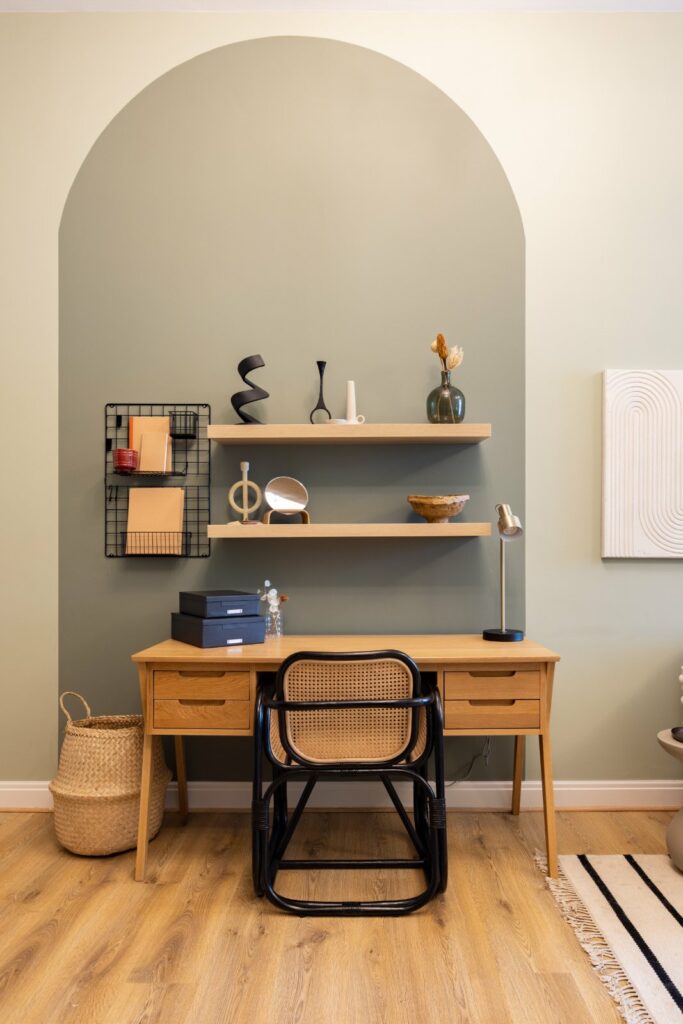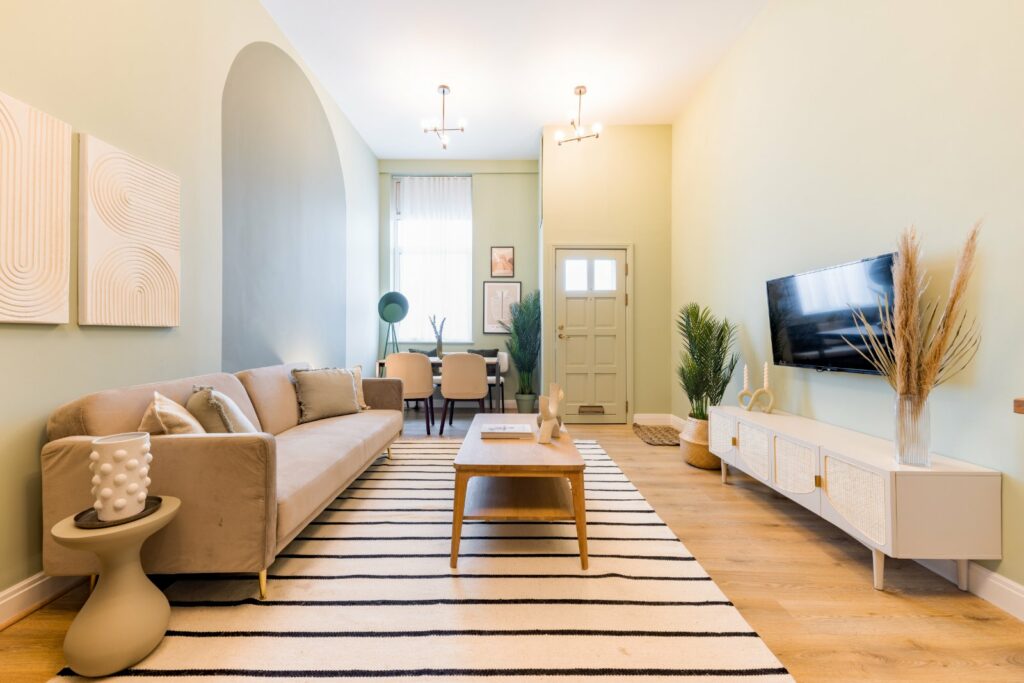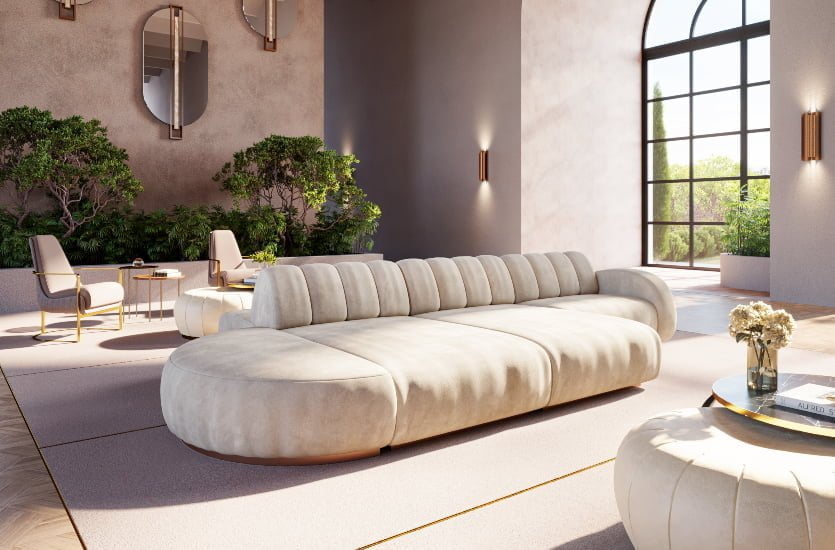Slow Pace Wellness Real Estate: The Key to a Healthier and Happier Life

Are you craving for slow pace wellness and a happier life? In recent years, the wellness real estate has seen a significant rise in popularity as more and more people choose to live in homes designed for a healthier and happier lifestyle. More and more people are seeking homes that offer a mindful lifestyle. Slow pace living and wellness real estate are a relatively new concept that is gaining popularity among homebuyers. In this article, we will explore what slow pace living and wellness real estate is, its benefits, and why it is becoming an important consideration for homebuyers.
Table of Contents
Wellness Homes re-imagined: slow pace for a happier life
Gone are the days when homes were just a place to eat, sleep, and relax. With the pandemic forcing many of us to work, study, and socialize from home, our living spaces have taken on new roles as offices, recording studios, gyms, and even places for networking. As a result, it’s crucial that our homes are re-imagined to offer a happier lifestyle. Wellness real estate is a new trend in home design that prioritizes creating a peaceful and calming environment. Instead of the traditional real estate, wellness homes focus on creating a nurturing, slow pace environment that allows a mindful lifestyle, relaxation and balance.
These homes incorporate natural materials, earthy tones, and green spaces that blur the boundaries between indoor and outdoor living. The goal is to create a space that fosters a sense of connection to nature, reducing stress and promoting mental clarity for those seeking a healthier and more balanced lifestyle.
But wellness real estate isn’t just about the physical environment – it’s also about creating a slow pace culture. Many of these homes offer communal spaces that encourage socialization and community building, shared gardens, outdoor kitchens, tennis courts and libraries. These homes are designed to bring a sense of belonging and foster positive relationships, further enhancing the overall well-being of residents.
As our homes become more multifunctional than ever before, it’s essential that they support our health and well-being. A refreshing and mindful approach to home design, wellness homes can help us to live healthier, happier at a slow pace.
While traditional real estate has been focused on luxury amenities such as spas and fitness centres, there is a growing trend towards slow pace living, where the focus is mindful living, a peaceful and calming environment. This type of real estate is designed to help you disconnect from the stresses of daily life and reconnect with nature.
According to the Global Wellness Institute’s report, the wellness real estate market is estimated to reach a notable growth fast, due to a record demand for better lifestyle choices. Incorporating green spaces, natural light and calming colour schemes, slow pace wellness homes are becoming increasingly popular among those seeking a healthier and happier life. This trend is also reflected in the latest real estate trends, with more developers shifting their focus towards sustainable, wellness-focused designs.
People are no looking for a quick fix but exploring health and well-being living solutions instead. Whether you’re looking to buy a new home or simply interested in learning more , wellness real estate could be the key to unlocking a happier and healthier life.
The wellness real estate market nearly doubled to $275 billion, and it is expected to grow to $580 billion by 2025. This market was once associated with luxury “spa real estate,” but it has now diversified to include more affordable multi-family, mixed-use, co-living, and senior wellness-focused developments, as well as smart tech homes and outdoor-focused communities.
Cities are being reimagined around wellness, with housing models that promote social connections between different generations, higher-end developments that address mental, social, environmental, spiritual, and intellectual wellness, and even preventative medicine programs. Beyond housing, other spaces such as retail, workplaces, and hospitals are also undergoing a wellness-design rethink.
Wellness homes include features such as air filtration systems, circadian lighting and water filtration systems that help remove harmful contaminants. They also feature sustainable materials, natural light, and outdoor spaces that promote physical activity and relaxation. Some wellness homes are even incorporating technology that monitors the indoor air quality and provides feedback to residents on how to improve their environment.


Outdoor-focused communities and agrihoods are also becoming more popular, where residents can participate in farming and regenerative living. These communities provide access to fresh, locally grown produce and encourage a healthy lifestyle that includes physical activity and outdoor recreation.
The wellness real estate market is no longer just for the wealthy, with more affordable options available. As people become more health-conscious and environmentally aware, the demand for wellness homes is likely to continue to grow. As such, the future of real estate will likely incorporate wellness design as a standard feature.


What is Slow Pace Wellness Real Estate?
Slow pace wellness real estate refers to properties that are designed to promote a slower, more balanced, and healthier way of life. These properties typically have features such as organic gardens, green spaces, walking trails, and community centers. They may also offer amenities such as yoga studios, meditation rooms, and spas. The aim of slow pace wellness real estate is to create a space where residents can relax, rejuvenate, and connect with nature.
There are numerous benefits to living in slow pace wellness real estate. Here are some of the most significant ones:
Living in a slow pace wellness property can have a positive impact on your physical and mental health. Being surrounded by green spaces and nature has been shown to reduce stress levels, improve mood, and boost overall wellbeing. Moreover, slow pace wellness real estate often has features such as swimming pools, fitness centers, and health clubs, which encourage residents to be more active and healthy.
Slow pace wellness real estate is designed to promote a slower and more balanced way of life. This means that residents can enjoy a better work-life balance. With amenities such as yoga studios and meditation rooms, they can easily incorporate relaxation and mindfulness into their daily routines. Moreover, slow pace wellness real estate is often located away from busy urban areas, which can help reduce the stress of commuting and allow residents to spend more time with their families.
Wellness real estate often promotes a sense of community and social connections among its residents. With amenities such as community centres and social events, residents can easily connect with their neighbours and build friendships. Moreover, the focus on wellness and healthy living means that residents are more likely to share similar values and interests, which can further foster a sense of community.
One of the main reasons that wellness real estate is attracting a new generation of homebuyers is that they are becoming more health-conscious and aware of the impact of their environment on their wellbeing. They are seeking homes that offer a healthier and more balanced lifestyle. Wellness real estate offers an escape from the stress and fast pace of modern life and allows people to slow down and enjoy a simpler, more mindful way of living.


Wellness real estate: re-imagine life at slow pace
The global wellness real estate market is forecast to more than double again (to $580 billion) by 2025. Just a few years ago, this market was narrowly associated with luxury “spa real estate.” Now it’s mainstreaming and approaches are diversifying from more affordable multi-family, mixed-use, co-living and wellness-focused developments to an explosion of smart tech that makes homes and built environments healthier, as well as outdoor-focused communities and agrihoods specializing in farming and regenerative living.
While cities are being radically reimagined around wellness: from loneliness-fighting, multigenerational housing models bringing young and old together to higher-end developments expanding beyond fancy amenities to addressing mental, social, environmental, spiritual and intellectual wellness (even offering preventative medicine programs). Beyond housing, every kind of space–from retail to workplaces to hospitals–are getting a wellness-design rethink.
If you are interested in slow pace living and wellness real estate, you can work with a real estate agent who specializes in this type of property. They can help you find properties that meet your specific needs and preferences. Slow pace living and wellness real estate are emerging trends that are gaining popularity among homebuyers. It offers numerous benefits, including better health and wellbeing, better work-life balance, and a sense of community and social connections. With its focus on nature, relaxation, and healthy living, these homes are becoming an important consideration for those seeking a healthier and happier way of life.

FAQ
- What is wellness real estate? Slow pace wellness real estate refers to properties that are designed to promote a slower, more balanced, and healthier way of life. These properties typically have features such as organic gardens, green spaces, walking trails, and community centers.
- What are the benefits of living in wellness real estate? There are numerous benefits to living in slow pace wellness real estate. Some of the most significant ones include improved health and wellbeing, better work-life balance, and a sense of community and social connections.
- Why is wellness real estate becoming more popular? Slow pace wellness real estate is becoming more popular among homebuyers because people are becoming more health-conscious and aware of the impact of their environment on their wellbeing. It also offers an escape from the stress and fast pace of modern life.
- How can I find wellness real estate? You can find wellness real estate by working with a real estate agent who specializes in this type of property or by searching online for slow pace wellness real estate communities.
- Is wellness real estate more expensive than traditional properties? Wellness real estate can be more expensive than traditional properties, but it often provides a better quality of life and a higher return on investment. The long-term benefits of living in a healthier and more balanced environment can outweigh the initial cost.





